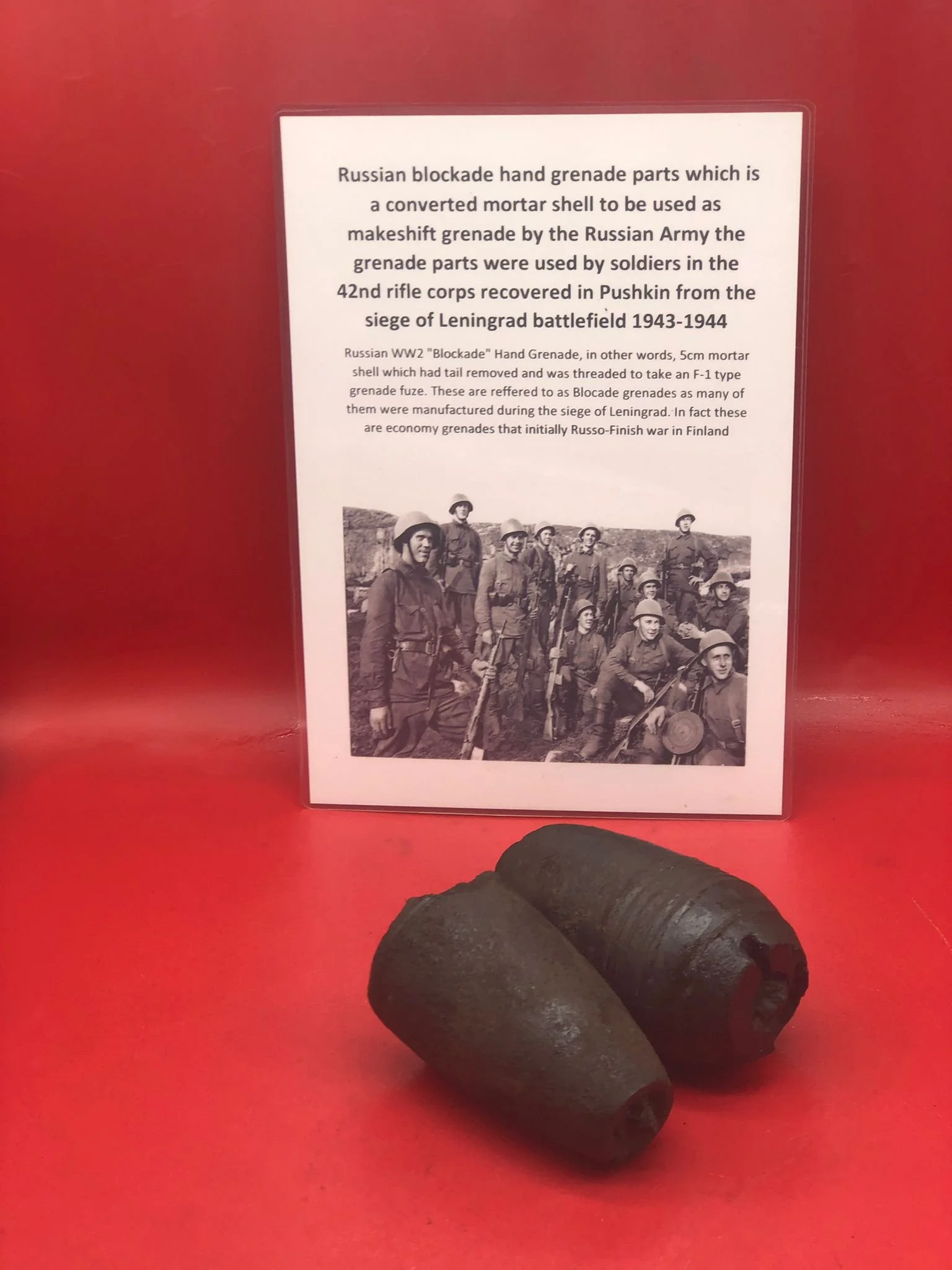 Image 1 of 8
Image 1 of 8

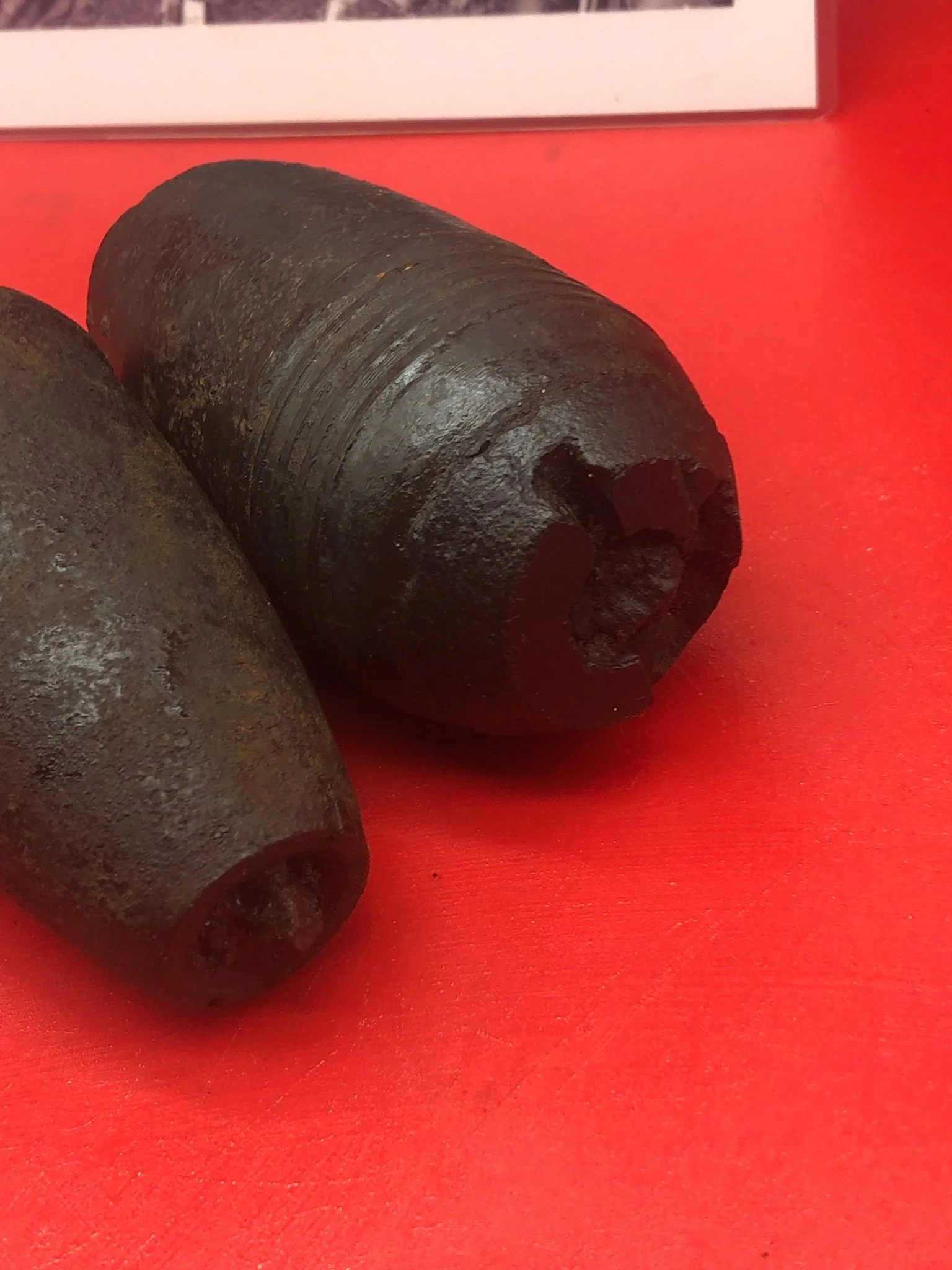 Image 2 of 8
Image 2 of 8

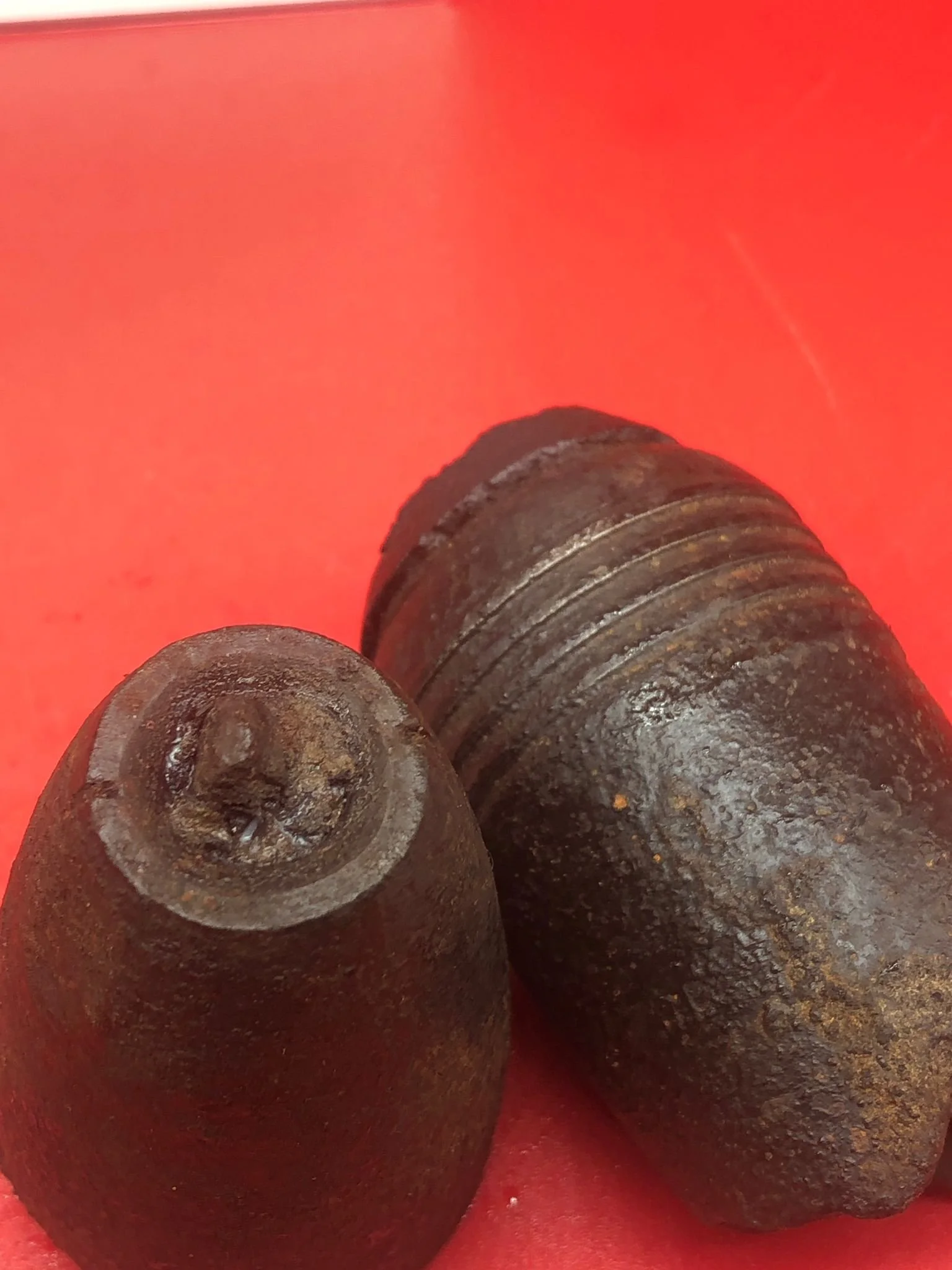 Image 3 of 8
Image 3 of 8

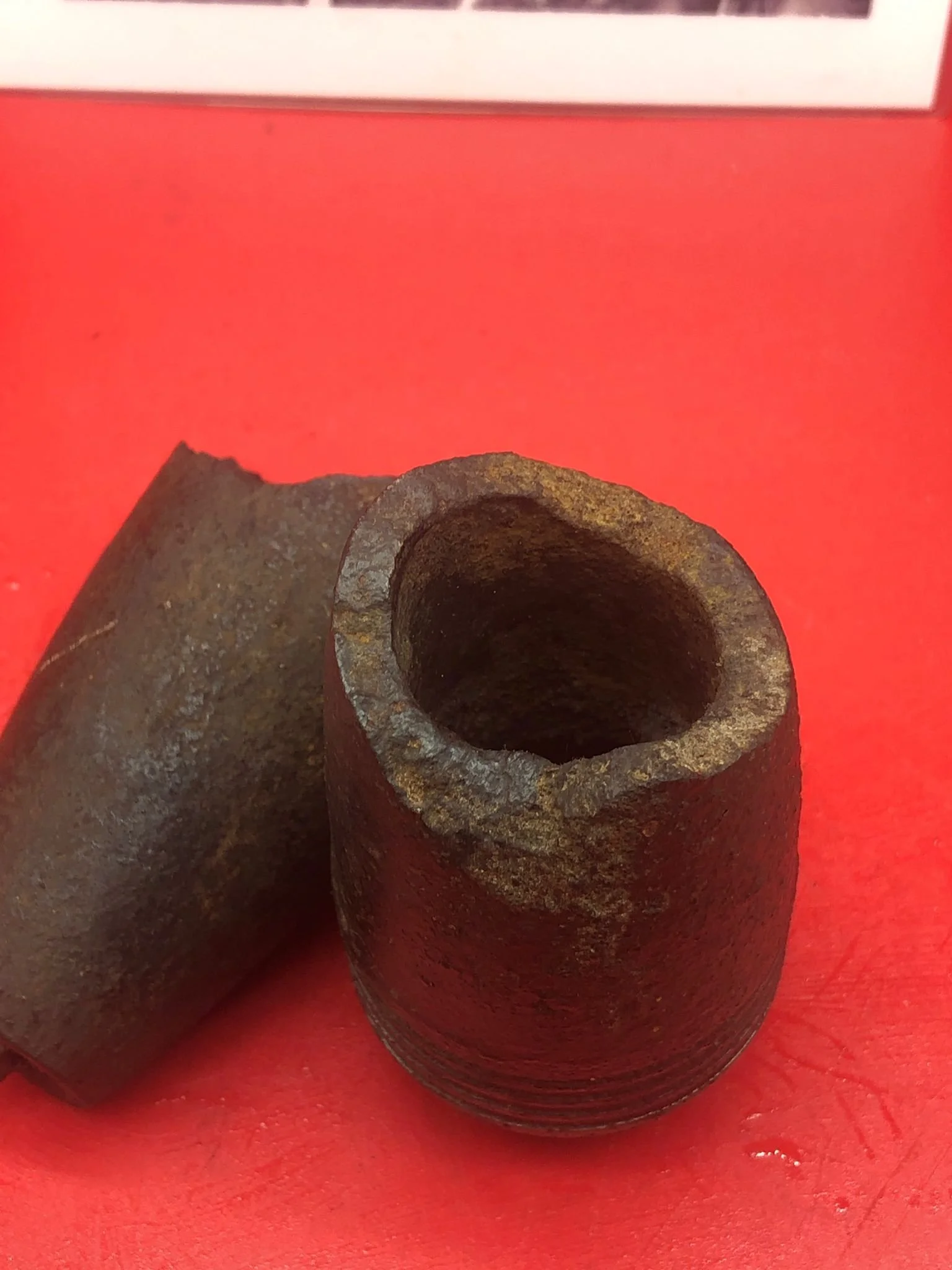 Image 4 of 8
Image 4 of 8

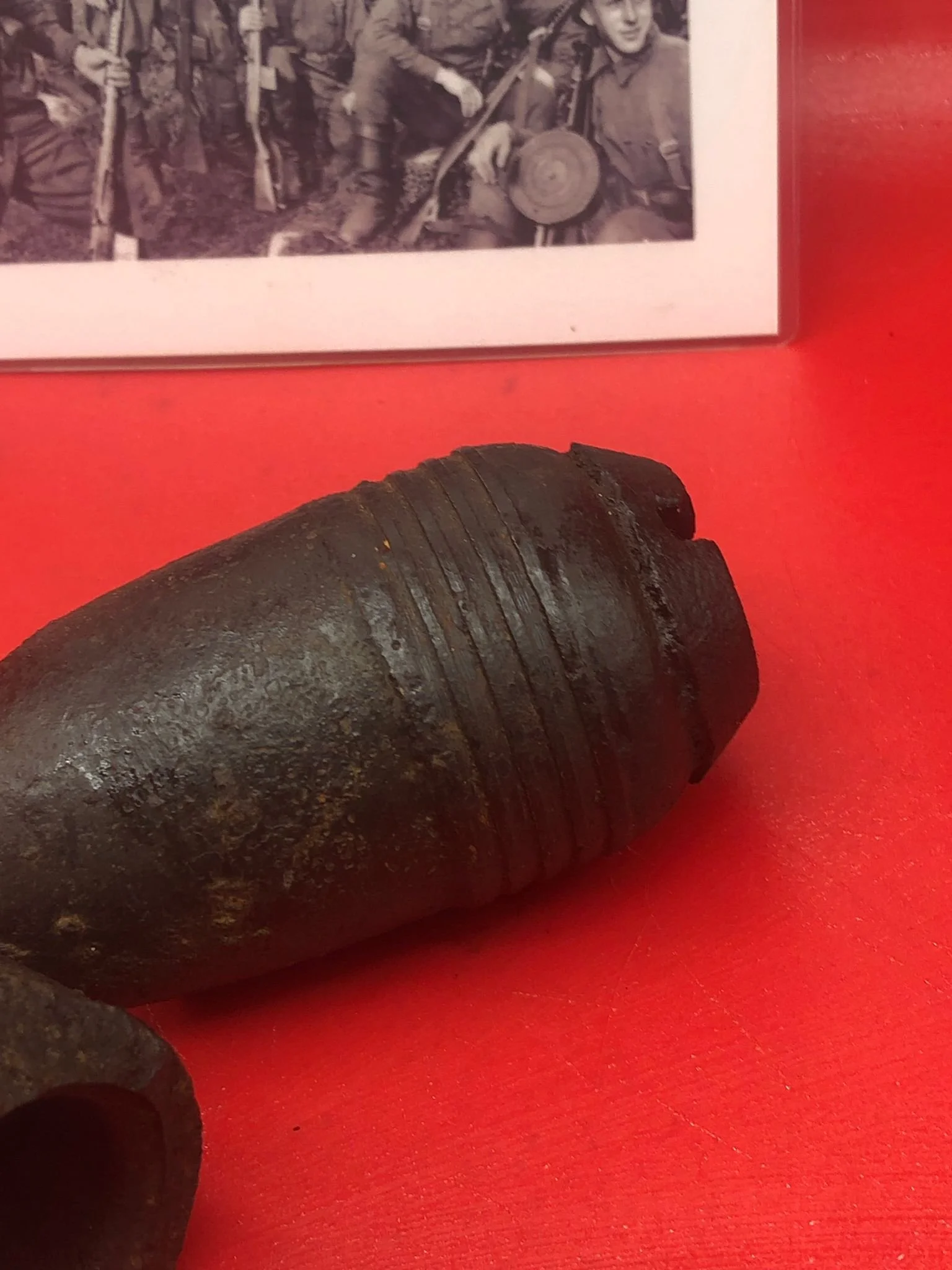 Image 5 of 8
Image 5 of 8

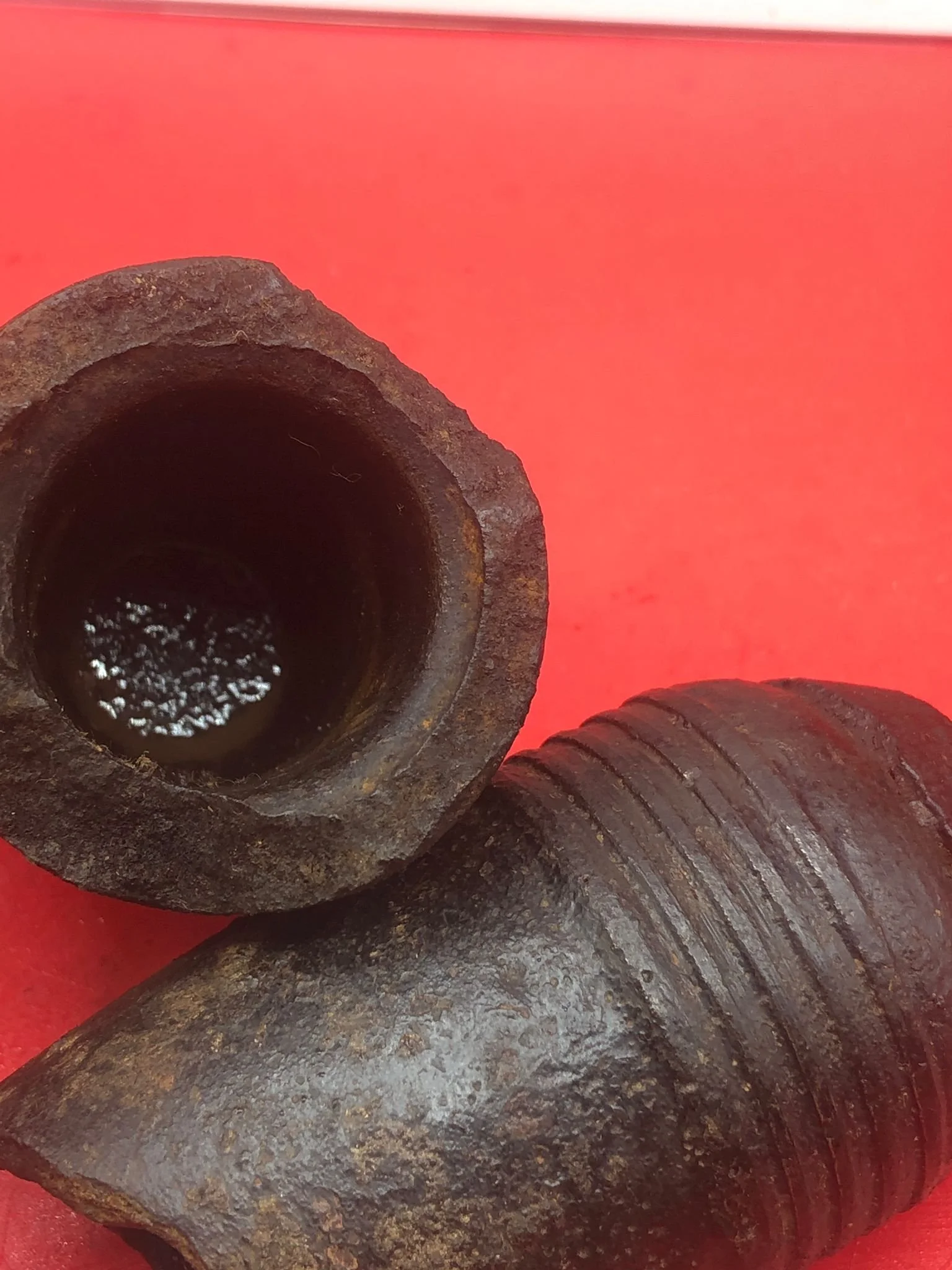 Image 6 of 8
Image 6 of 8

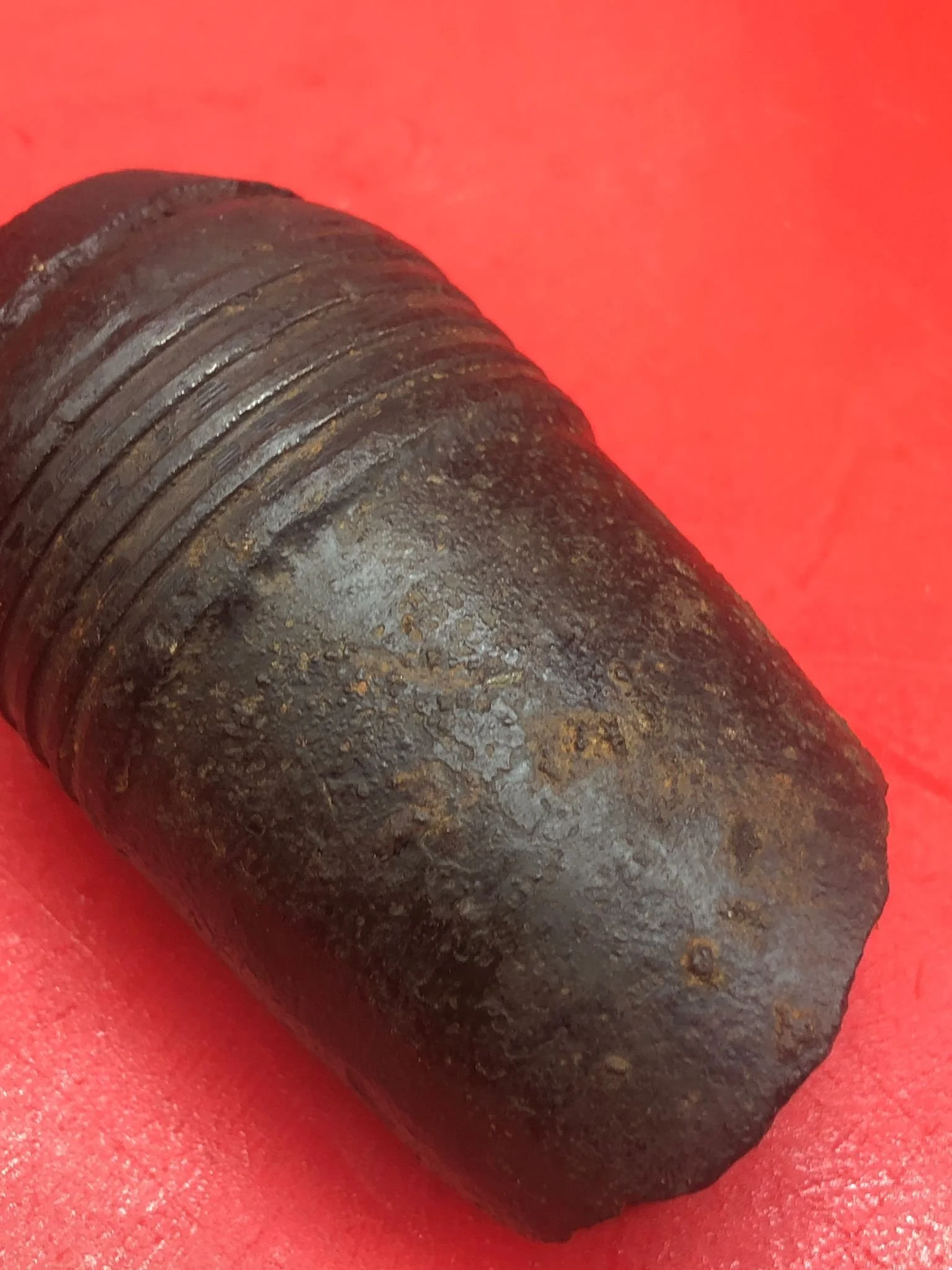 Image 7 of 8
Image 7 of 8

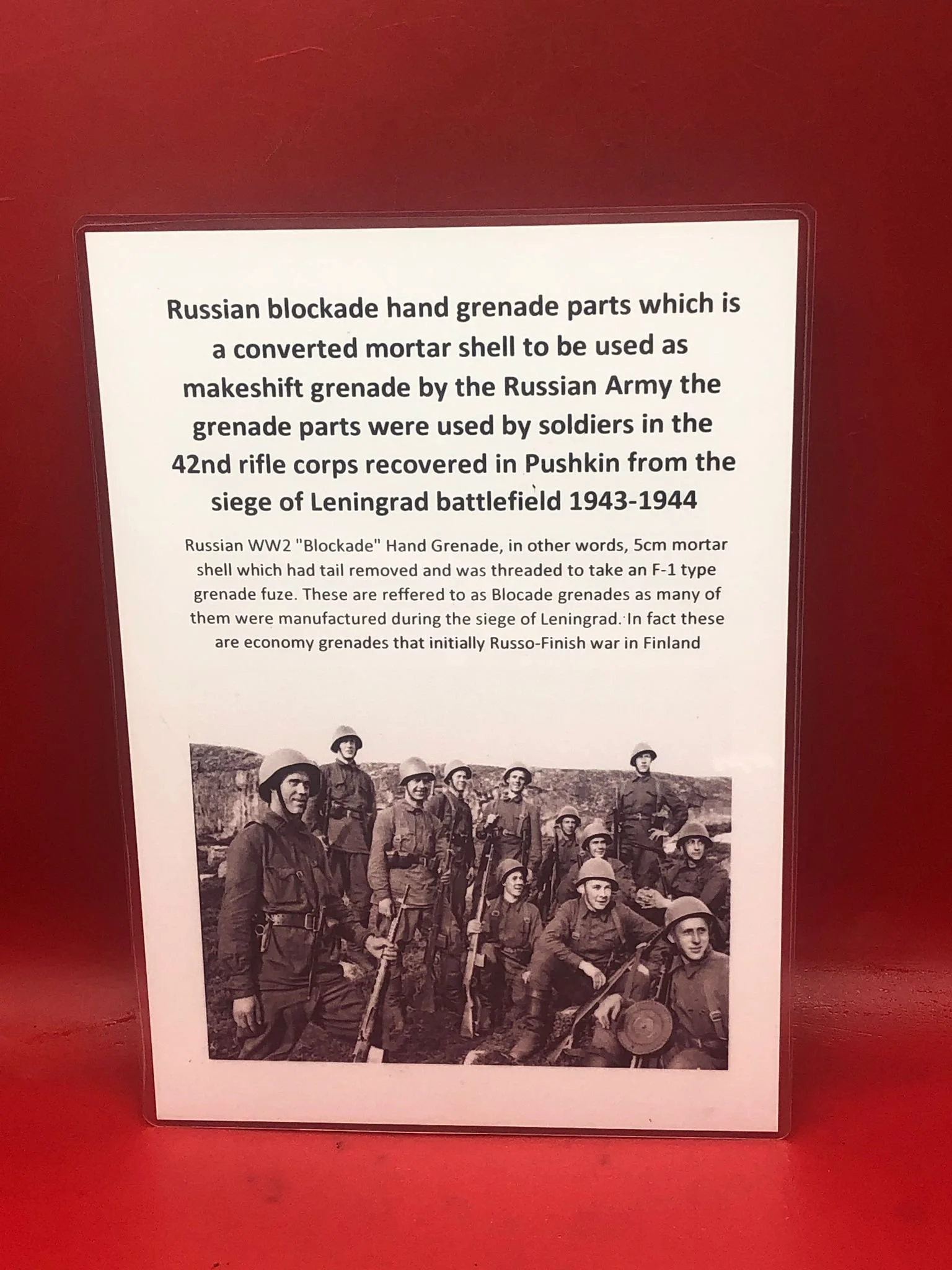 Image 8 of 8
Image 8 of 8









Blown in half Russian blockade hand grenade parts still with black paintwork remains, recovered near the town of Pushkin from Siege of Leningrad 1942-43
This listing is for a pair of parts from a Russian blockade hand grenade a converted 5 cm mortar shell adapted as an improvised grenade during WWII. These two steel casing halves are empty and inert. They appear to be fragments of the outer case, broken or blown apart in use; one section retains a bakelite-style plug at the end. Both parts still show a great deal of original black paint and other original colouring. They are pitted but solid, with no rust-through holes, and have been carefully cleaned. In excellent relic condition, they are sturdy, not friable, and ideal for display or any militaria collection. The parts measure as shown in the photos and are accompanied by an A5 laminated information card with images.
Recovered near the town of Pushkin from a Siege of Leningrad battlefield site (1943-1944). This sector was defended by the Russian 42nd Rifle Corps of the 14th Army during fighting with the German L Army Corps. The laminated card documents the find site.
The so-called blockade hand grenade refers to a 5 cm mortar shell whose tail was removed and the body threaded to accept an F-1 type fuze. Many were manufactured under emergency conditions during the Siege of Leningrad, hence the name. These were economy improvisations that had origins in earlier use during the Russo-Finnish conflicts.
This listing is for a pair of parts from a Russian blockade hand grenade a converted 5 cm mortar shell adapted as an improvised grenade during WWII. These two steel casing halves are empty and inert. They appear to be fragments of the outer case, broken or blown apart in use; one section retains a bakelite-style plug at the end. Both parts still show a great deal of original black paint and other original colouring. They are pitted but solid, with no rust-through holes, and have been carefully cleaned. In excellent relic condition, they are sturdy, not friable, and ideal for display or any militaria collection. The parts measure as shown in the photos and are accompanied by an A5 laminated information card with images.
Recovered near the town of Pushkin from a Siege of Leningrad battlefield site (1943-1944). This sector was defended by the Russian 42nd Rifle Corps of the 14th Army during fighting with the German L Army Corps. The laminated card documents the find site.
The so-called blockade hand grenade refers to a 5 cm mortar shell whose tail was removed and the body threaded to accept an F-1 type fuze. Many were manufactured under emergency conditions during the Siege of Leningrad, hence the name. These were economy improvisations that had origins in earlier use during the Russo-Finnish conflicts.
